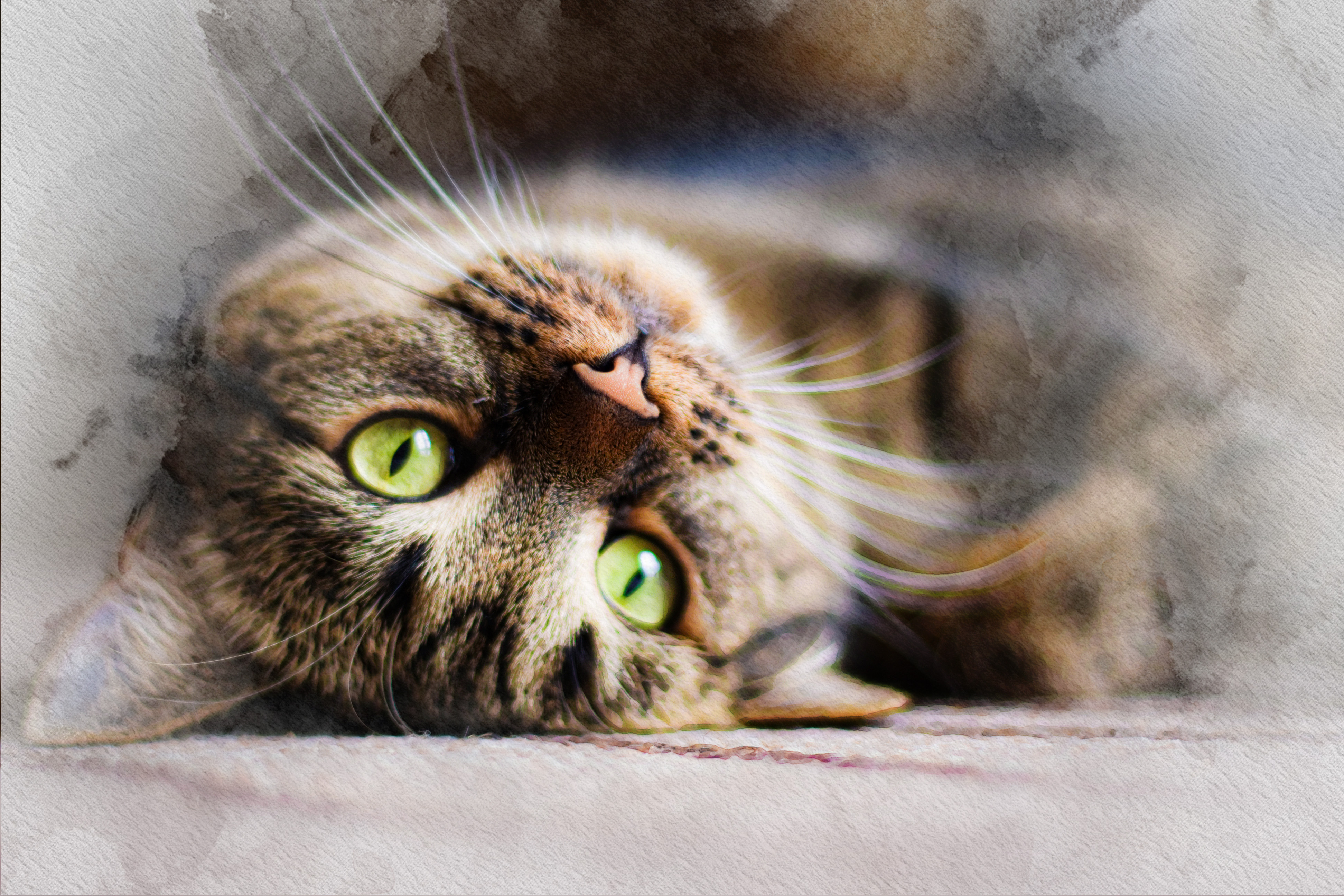My tortoiseshell cat Rosie sniffs the new flavor of the food I’ve given her, then makes a covering-up motion with her paws like it’s something in the litter box.
So is she a food critic? Does she think the new flavor is ... well ...

My tortoiseshell cat Rosie sniffs the new flavor of the food I’ve given her, then makes a covering-up motion with her paws like it’s something in the litter box.
So is she a food critic? Does she think the new flavor is ... well ...